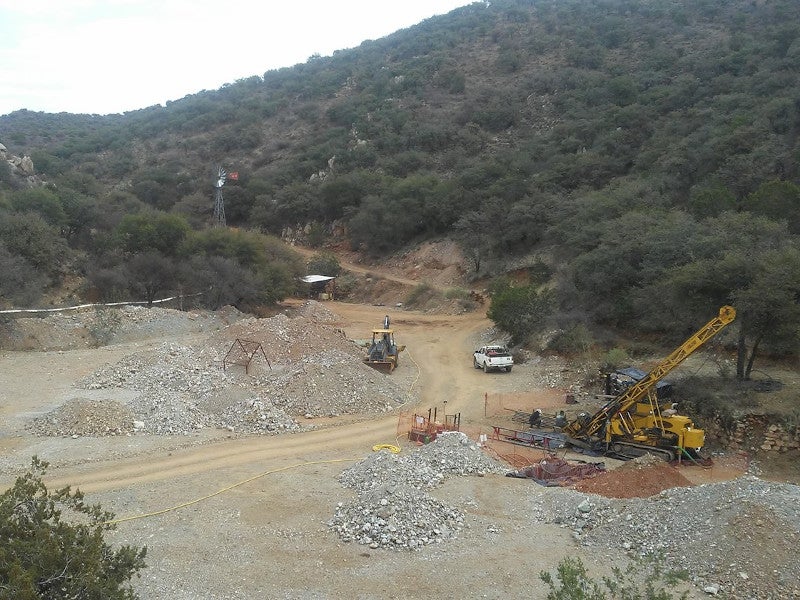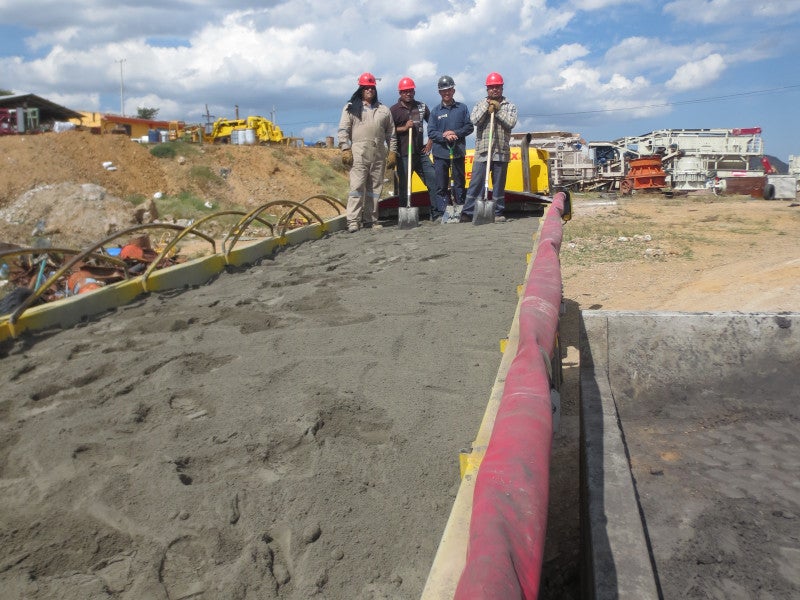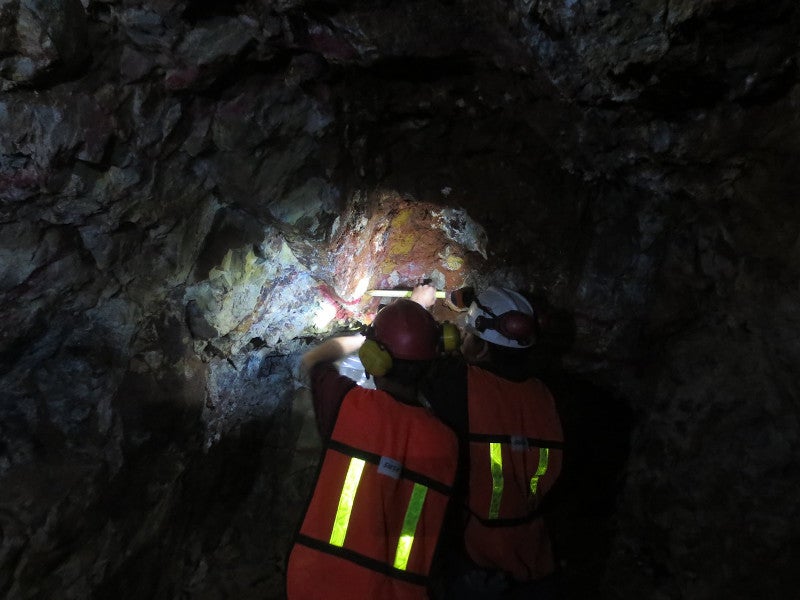The Santa Maria silver and gold project is an underground mine in the south-eastern part of Santa Bárbara Municipality in Chihuahua, Mexico.
Minera Cordilleras, a 100%-owned subsidiary of Golden Minerals, holds the mineral rights of the project.
The first preliminary economic assessment (PEA) for the project was completed in March 2017, while the second PEA was concluded in September 2018.
In October 2019, Golden Minerals signed an option agreement to allow Magellan Gold to earn a 100% interest in the Santa Maria silver and gold project.
Golden Minerals currently has a 100% interest in the project, subject to additional payments until April 2022.
The mine is expected to have an average daily mine production rate of 218t over a mine life of 4.2 years.
Santa Maria silver and gold project location, geology and mineralisation
The Santa Maria property extends across 101ha, located near the district of Parral in the state of Chihuahua.
The location is 19km away from the south-east of the Santa Barbara town centre and is accessible from the highway to Santa Barbara.
The vein deposit is hosted in sediments of the Cretaceous Mescalera Group.
With an average thickness of 1.5m, the primary vein strikes east-west and then dips to around 65° in the north. The secondary Santa Maria vein is a hanging-wall split with a south dip.
Both the veins are epithermal quartz veins comprising chalcedonic quartz in the near-surface areas. Certain areas of the vein feature sphalerite and galena, with amounts increasing with the increase in depth.
Santa Maria silver and gold project mineral resources
According to the updated resource estimate prepared in September 2018, the Santa Maria project is estimated to contain 0.45Moz of silver equivalent in measured resource category grading at 271g/t of silver (Ag). The mine contains indicated resource of 2.01Moz of silver equivalent grading at 291g/t of Ag.
Mining and processing at Santa Maria silver and gold project
The Santa Maria project will include 308,000t of mill feed. The mine plan includes the use of two mining methods, cut and fill and sublevel stoping. The mine will employ drill and blast, muck, and haul operations.
The company plans to send the mixed and sulphide materials to a toll processing facility equipped with sulphide flotation circuits.
The flotation circuit will have a maximum throughput of 250t a day and will produce a bulk sulphide silver gold-bearing concentrate.
The oxide ore will undergo a cyanide leaching process at the toll-milling plant. The mine can achieve improved gold and silver recovery by processing mixed and sulphide tailings in the leach circuit.
Infrastructure facilities at the Santa Maria project
The Santa Maria project is planned to include a mining only concept and processing needs will be met by off-site toll milling.
The approach road will undergo grading before the commencement of mining operations. The existing access road directly connects to the mine site.
The mine will use underground mining vehicles to transport rock above cut-off grade to a mill feed stockpile from where tipper trucks will transport the mill feed to the off-site toll milling location in Parral. The infrastructure plan also includes management and administration offices at the mine site.
The Santa Maria operation will also require a substation or a generator laydown and the construction of a water management structure. Waste rock could be stored at the western end of the current waste rock pad, while some portion is expected to be used as fill material in cut and fill stopes or disposed into open stopes.






